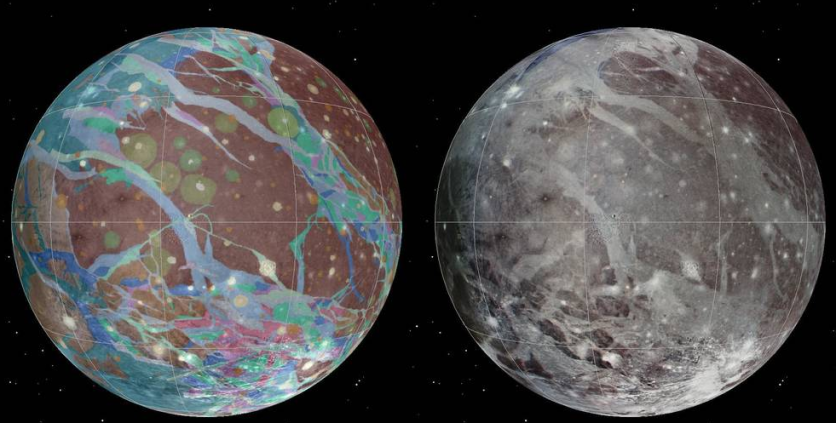
NASA's new mission to take a good look at Ganymede, Jupiter's super moon, will occur this Monday.
Juno is NASA's spacecraft, and it will bring us closer than ever to Jupiter's beautiful moon.
Nasa's Juno spacecraft will be 645 miles (1,038 kilometers) within Jupiter's largest moon, Ganymede. This project is termed a "flyby," and this flyby will give us the closest that a spacecraft has ever come to the solar system's most giant natural satellite ever since NASA's Galileo spacecraft event back on May 20, 2000.
What is NASA's Juno's Role?
Juno will provide the Earth with striking imagery and insights into Ganymede's ionosphere, composition, magnetosphere, and ice shell. Another benefit of this flyby is that Juno will have the chance to measure the radiation environment within the moon, a crucial data needed for future missions going into the Jovian system.
According to NASA, Ganymede is a substantial natural satellite - even more significant than Mercury. It is the only known moon within the solar system with its magnetosphere, a bubble-shaped region filled with charged particles that surround the entire celestial body.
Scott Bolton, Juno Principal Investigator, mentioned that Juno is indeed carrying a suite composed of sensitive instruments that can see Ganymede in "ways never before possible."
He added that the spacecraft's ability to fly close to the moon would provide NASA with the chance to bring Ganymede's exploration into the 21st century.
By doing so, they will complement their future missions with the use of their unique sensors and simultaneously help the next generation's missions to the Jovian System.
Juno's Cameras
Of course, the innovative spacecraft requires cameras to capture Jupiter's moon with the best resolution.
With this in mind, the space agency decided to provide the robot with three specialized HD cameras to complete two tasks: take excellent photos, and get the environmental data, such as radiation levels and other helpful information to guide NASA for their future missions on the satellite.
The first camera that NASA's Juno will utilize is its built-in Stellar Reference Unit, usually referred to as SRU navigation camera. This specific device's task is to help keep Jupiter's orbiter en route.
However, during the flyby, the camera will have to work twice as hard because other than its primary task, it will also have to gather vital information about Ganymede's high-energy radiation environment. It will do its duty by collecting unique sets of images.
The second tool is the Advanced Stellar Compass camera from the Technical University of Denmark. This beautiful camera's task is to count highly energized electrons that would penetrate its shielding about a measurement every quarter of a second.
Lastly, the JunoCam imager is also in the lineup. It will bring the most exciting part of Juno's flyby mission - beautiful images of Ganymede's illuminating satellite aesthetic. According to NASA, this camera will collect images with the exact resolution as the best from Galileo and Voyager.
Related Article : NASA Hubble Telescope Witnesses an Explosion of a Star--Scientists Explain this 'Unusual' Supernova
This article is owned by Tech Times
Written by Fran Sanders

![Apple Watch Series 10 [GPS 42mm]](https://d.techtimes.com/en/full/453899/apple-watch-series-10-gps-42mm.jpg?w=184&h=103&f=9fb3c2ea2db928c663d1d2eadbcb3e52)


